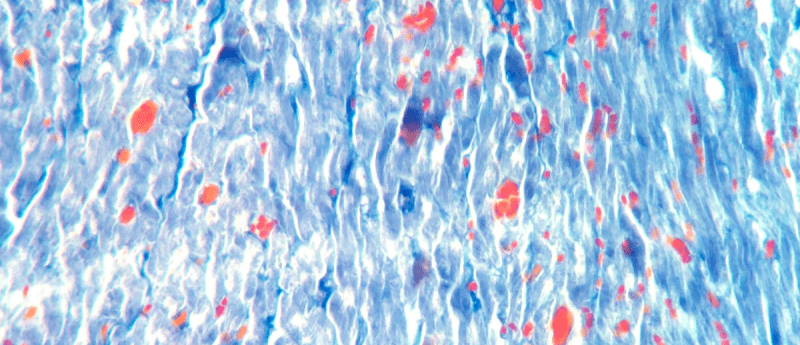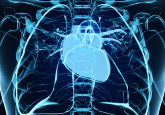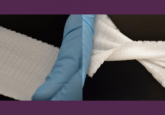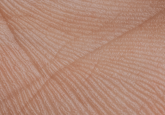The functions of morphogens in tissue patterning during tissue repair

Morphogens are molecules that are secreted and aid in pattern formation in developing tissues. They are essential for both embryonic development and adult tissue repair. However, the way in which these morphogens are distributed to allow patterning to occur remains unknown.
A research team from the University of Tokyo (Japan) and their global associates have discovered more about the function that morphogens play in tissue patterning, using a mix of experiments and mathematical models. The findings of the researchers have been published in the journal eLife and these results will hold value for clinical uses such as drug design.
The Wnt morphogen has recently surfaced as a major regulator of heart development in vertebrates. Whilst the exact role of these Wnt proteins is unclear, it is generally understood that they have a role in cell development. Despite the differences and redundancies seen in the vertebrate classes, scientists have managed to examine how Wnt regulates heart development in Xenopus, more commonly known as the African clawed frog native to sub-Saharan Africa.
It has been previously established that during the development of Xenopus hearts, the Wnt6 morphogen is sent out by the epidermis layer of the skin to shape the cardiogenic mesoderm, the embryonic collection of cells that will become the heart. This patterning will then develop into a thin membrane around the heart (pericardium) and large muscular tissue (myocardium). Nevertheless, it still puzzles scientists as to how the Wnt6 morphogen distribution is controlled to ensure consistent positioning of the pericardium and myocardium in the cardiogenic mesoderm.
“It is still unclear how reproducible patterning can be achieved with diffusing molecules, especially when that patterning concerns differentiation of thin tissues” explains Takayoshi Yamamoto, an assistant professor at the University of Tokyo and first author on the paper.
Wnt signalling is an important cell signalling pathway for immune cell maintenance and repair. Wnt signalling is also one of the primary ways by which tissue forms during embryonic development. This caused the research team to question if mechanisms akin to those seen in early embryos also regulated the distribution of Wnt6 morphogen in the cardiogenic mesoderm. During early embryonic development, the level of Wnt8 morphogen signalling is carefully regulated by heparan sulfate and secreted Wnt binding proteins, including sFRP1 (Secreted Frizzled Related Protein 1). Heparan sulfate is a carbohydrate that is vital in embryo development.
Frizzled7 is a Wnt receptor that is necessary for the heart’s development. Upregulation of the Wnt-signaling pathway increases the expression of Frizzled7 in the development of the nervous system in Xenopus, as well as the development of human embryonic carcinoma cells, despite the fact that there are no such findings in heart development.
As a result, the research team focused their investigation on the extracellular components of Wnt signalling in the development of the heart – the Frizzled7 cell-surface receptor, heparan sulfate and sFRP1, an inhibitor of Wnt6.
“With a combination of experiments and mathematical modelling, this receptor-feedback appears essential to shape a steep gradient of Wnt signalling. In addition, computer simulation revealed that this feedback imparts robustness against variations of Wnt ligand production and allows the system to reach a steady state quickly,” explains Yamamoto.
Wnt6 and sFRP1 molecules control normal heart development in the embryo, as well as governing repair and regeneration after heart muscle injury, for instance in the event of a myocardial infarction, or a heart attack. “Our findings will be relevant to medical applications, for example, for drug design, since cell-surface molecules such as Frizzled or a specific modification of heparan sulfate or even the secreted molecule sFRP1, generally provide better drug targets than molecules inside cells. To reveal the precise regulation of morphogens and to consider medical applications, regulatory mechanisms of these components must be investigated further,” said Yamamoto.





